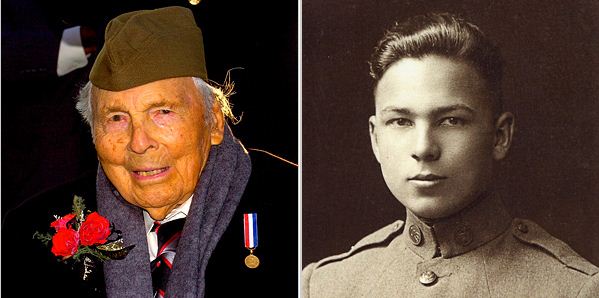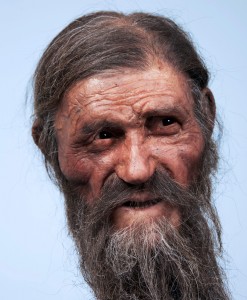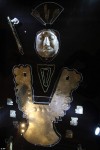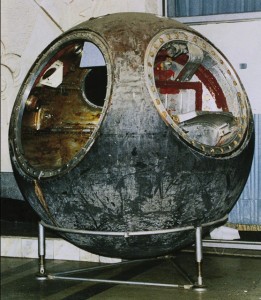
Frank Woodruff Buckles lied about his age and joined the Army in August of 1917 when he was 16 years old. Since he was anxious to see action, he volunteered to drive ambulances, a duty that he had heard would get him to the Western front the fastest. He was deployed in December of that year, sailing to England on the Carpathia, the ship that rescued the survivors of the Titanic, then going on to various places in France.
“The little French children were hungry,” Mr. Buckles recalled in a 2001 interview for the Veterans History Project of the Library of Congress. “We’d feed the children. To me, that was a pretty sad sight.”
Mr. Buckles escorted German prisoners of war back to their homeland after the Armistice, then returned to America and later worked in the Toronto office of the White Star shipping line.
He traveled widely over the years, working for steamship companies, and he was on business in Manila when the Japanese occupied it following the attack on Pearl Harbor in December 1941. He was imprisoned by the Japanese, losing more than 50 pounds, before being liberated by an American airborne unit in February 1945.
He worked for a steamship until he retired in the mid-1950s, then he ran a cattle farm for another 50 or so years. As one of very few remaining World War I veterans, Buckles was a frequent participant in parades and national memorial events during the past decade. He was extensively interviewed, relaying his unique memories of the Great War. For instance, he told an interviewer how he had seen veterans of the Crimean War in a ceremony in England. That’s the Charge of the Light Brigade war, from the 1850s. One 110-year-old man connected us to so much history that seems so distant when we read about it.
He passed away on Sunday at his home in Charles Town, West Virginia. In 2007, he was one of four U.S. World War I veterans still alive, two of whom served Stateside and one with Canadian forces in Britain, so even then Buckles was the only surviving veteran of the Western front. As of February 2010, he was the last US World War I veteran alive and only one of three people remaining in the world who had served in the war in any capacity.
Now there are only two: Claude Choules, of the British Royal Navy, now living in Australia, and awesomely, Florence Green, of the British Women’s Royal Air Force, now living in England. Florence joined the Women’s Royal Air Force right at the end of the war, in September 1918, when she was 17. She worked in the mess halls of two Norfolk airbases. Choules saw much action from 1916 onwards, serving on the HMS Revenge, and witnessing the scuttling of the German fleet at Scapa Flow, Scotland, on June 21, 1919.
The Veterans’ History Project and the Library of Congress have an exceptional series of interviews with Frank Buckles, plus documents and pictures from his collection online. It’s not to be missed, seriously. Then when you’re done being fascinated by Frank, check out the rest of the VHP’s World War I archive.






